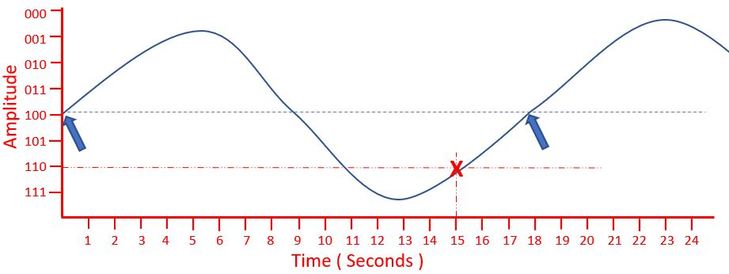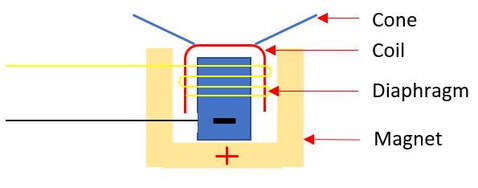1.2.2 | SOUND REPRESENTATION |
|
Topics from the Cambridge IGCSE (9-1) Computer Science 0984 syllabus 2023 - 2025.
|
OBJECTIVES
1.2.2 Understand how and why a computer represents sound, including the effects of the sample rate and sample resolution |
ALSO IN THIS TOPIC
1.1.1 NUMBER SYSTEMS 1.1.2 NUMBER SYSTEMS 1.1.3 NUMBER SYSTEMS 1.1.4 NUMBER SYSTEMS 1.1.5 NUMBER SYSTEMS 1.1.6 NUMBER SYSTEMS 1.2.1 TEXT, SOUND AND IMAGES YOU ARE HERE | 1.2.2 TEXT, SOUND AND IMAGES 1.2.3 TEXT, SOUND AND IMAGES 1.3.1 STORAGE AND COMPRESSION 1.3.2 STORAGE AND COMPRESSION 1.3.3 STORAGE AND COMPRESSION 1.3.4 STORAGE AND COMPRESSION TOPIC 1 KEY TERMINOLOGY TOPIC 1 ANSWERS TOPIC 1 TEACHER RESOURCES (CIE) |








